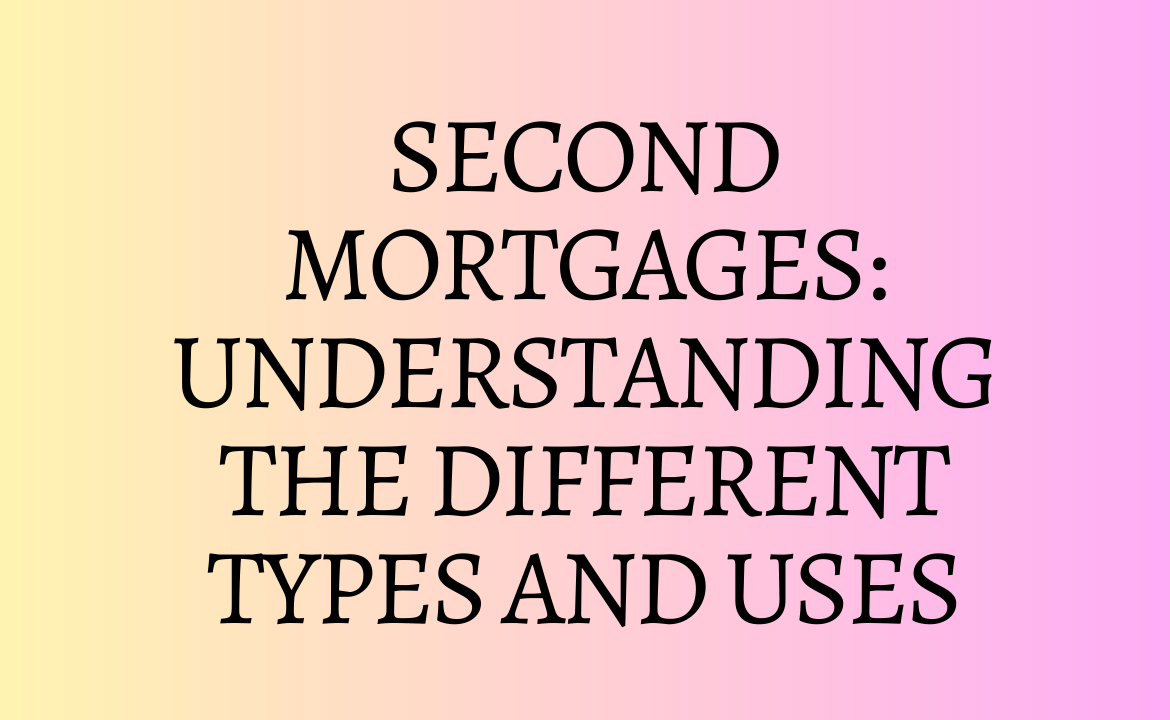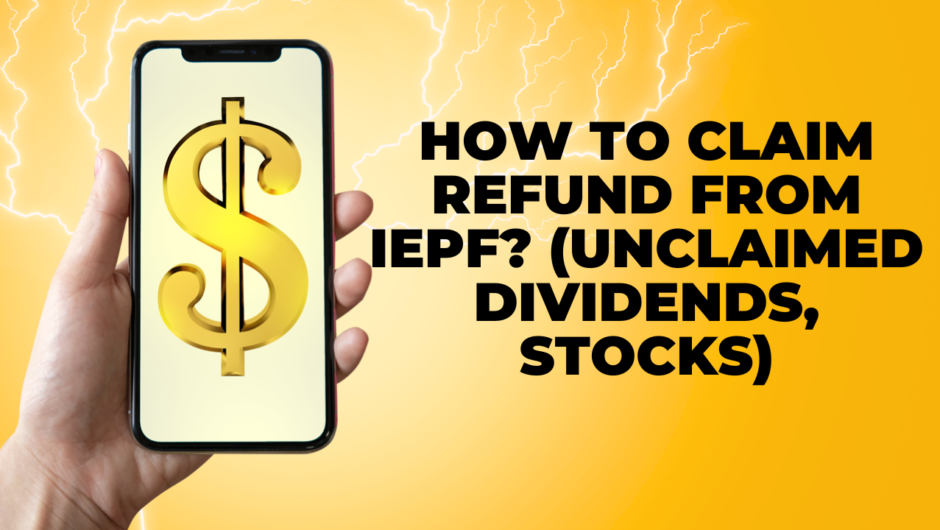A second mortgage is a loan secured against a property that already has a primary mortgage. Second mortgages come in different types and can be used for various purposes. Here is an overview of the different types of second mortgages and their uses. There are two main types of second mortgages: home equity loans and home equity lines of credit (HELOCs). Home equity loans are a lump-sum loan that borrowers can use for various purposes, such as home renovations or debt consolidation. HELOCs are a revolving line of credit that allows borrowers to withdraw funds as needed up to a predetermined limit.
Home Equity Loan
A home equity loan, also known as a second mortgage, allows homeowners to borrow a lump sum of money using the equity they have built up in their home as collateral. Home equity loans typically have fixed interest rates and terms that range from 5 to 30 years. They are often used for major expenses such as home renovations, debt consolidation, and education expenses. Second mortgages are often used to access home equity, which is the difference between the property’s market value and the outstanding balance on the primary mortgage.
Home Equity Line of Credit (HELOC)
A home equity line of credit, or HELOC, is a revolving line of credit that allows homeowners to borrow against the equity they have built up in their home. HELOCs typically have variable interest rates and terms that range from 5 to 20 years. They are often used for ongoing expenses such as home improvements, medical bills, and emergencies.
Piggyback Mortgage
A piggyback mortgage is a second mortgage that is used to avoid paying private mortgage insurance (PMI). It involves taking out two mortgages at the same time, with the first mortgage covering 80% of the home’s value and the second mortgage covering the remaining 20%. Piggyback mortgages are often used by homebuyers who cannot afford to put down a 20% down payment but want to avoid paying PMI.
Cash-out Refinance
A cash-out refinance is a type of mortgage refinance that allows homeowners to borrow more than the amount owed on their existing mortgage. The difference between the old mortgage and the new mortgage is taken out in cash. Cash-out refinancing can be used for a variety of purposes, such as home improvements, debt consolidation, and major expenses.
Bridge Loan
A bridge loan is a short-term loan that is used to bridge the gap between the purchase of a new home and the sale of an existing home. Bridge loans are often used by homeowners who are in the process of selling their home but need to access funds for a down payment on a new home.
Uses of Second Mortgages
Second mortgages can be used for a variety of purposes, depending on the type of loan. Here are some common uses of second mortgages:
Home Improvements
Home equity loans and HELOCs are often used to finance home improvements. This can include everything from minor repairs to major renovations such as a kitchen remodel or a room addition.
Debt Consolidation
Homeowners who have multiple high-interest debts, such as credit card debt, may use a second mortgage to consolidate their debts into one monthly payment with a lower interest rate.
Education Expenses
Home equity loans and HELOCs can be used to finance education expenses such as tuition, books, and room and board. This can be a more cost-effective option than taking out student loans with higher interest rates.
Emergency Expenses
A HELOC can be used to cover emergency expenses such as medical bills or unexpected home repairs. Second mortgages can be used for a variety of purposes, including home improvements, debt consolidation, paying for education, and financing large purchases. Second mortgages can also be used to avoid private mortgage insurance (PMI) by providing a larger down payment on a primary mortgage.
Down Payment on a Second Home
Homeowners who are looking to purchase a second home may use a second mortgage as a down payment. This can be a good option for those who do not want to sell their primary home but need additional funds to purchase a second home. However, second mortgages also come with risks. Borrowers who default on a second mortgage can face foreclosure and the loss of their home equity. Additionally, second mortgages often come with higher interest rates and fees than primary mortgages.
Conclusion
In conclusion, second mortgages come in different types and can be used for a variety of purposes. Home equity loans and HELOCs are often used for home improvements, debt consolidation, education expenses, and emergency expenses. Piggyback mortgages are used to avoid paying PMI, while cash-out refinancing can be used for major expenses.In summary, second mortgages can be a useful tool for accessing home equity and financing various expenses. However, borrowers should carefully consider the risks and costs associated with second mortgages before deciding to take one out.
Also Read:
- Conditional Mortgage Approval: Tackling The Common Questions
- How Much Is Life Insurance In Canada?
- What are financial smart goals?
- WHAT ARE THE 5 STEPS OF FINANCIAL PLANNING?












